G10 fiberglass sheets are standard reinforced laminated materials. These materials are known for their peculiar properties including durability, corrosion resistance, and low weights with remarkable strength.
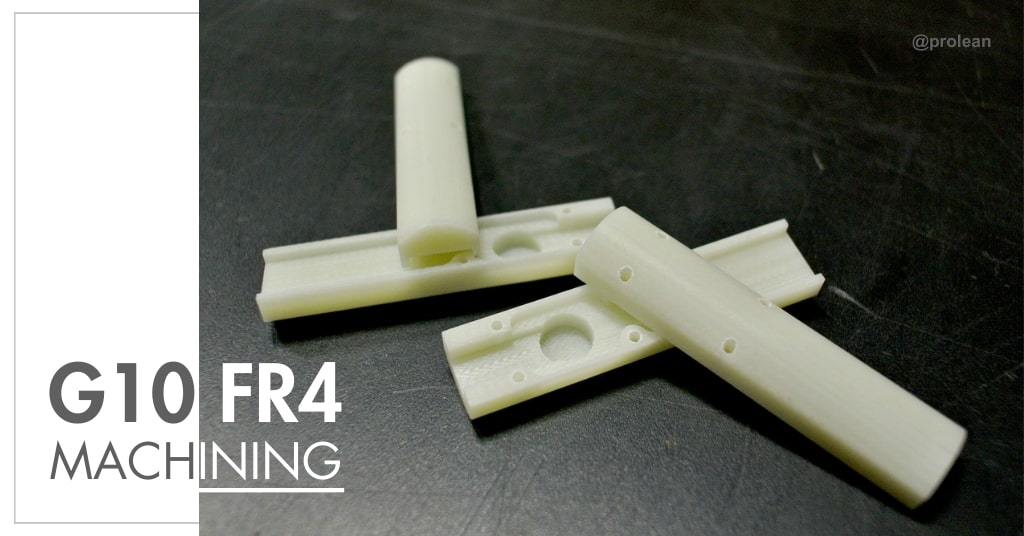
In a CNC machining shop, various tools are used to cut g10 fiberglass sheets. These include; carbide tipped, diamond tipped, drill-like, double flutes, and milling tools. Therefore, these materials can be shaped into functional prototypes for various aircraft, and automotive interior, and exterior components.
Moreover, these quality materials come in various forms and grades. The most commonly employed g10 fiberglass sheets for machining include; G5/G9, G11-FR5, GPO-1, and GPO-3, each with its features and limits.
The article aims to provide essential information about g10 fr4 materials. Moreover, it highlights the ways to machine G10/FR4 fiberglass, and so more to know.
What are G10 & FR4 Materials?
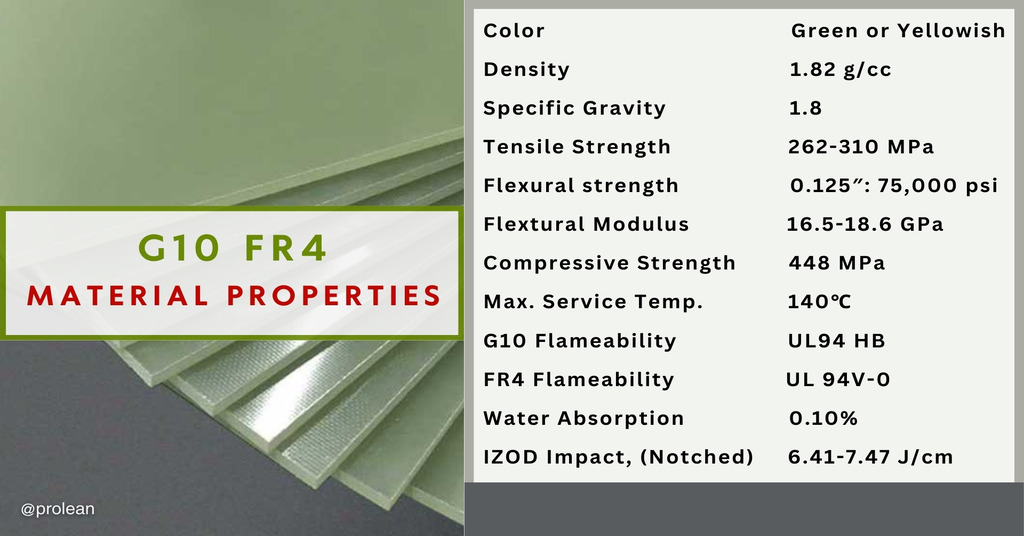
Material Properties of G10 FR4
Garolite is the brand name of G10. It is a composite material made of glass fabric and epoxy resin. Superior strength and high dimensional stability are its exceptional properties. The design engineers use g10fr4 to obtain mechanically strong parts. As such, g10 fiberglass sheets have immense strength, high stiffness, and exceptional creep resistance. These materials come in the form of custom cuts, sheet tubes, and roads with varying sizes, and shapes. Moreover, g10 fiberglass sheets are recognized for various cryogenic applications where high electrical and thermal isolations are needed.
Try Prolean Now!
G10 Vs. FR4: What’s The Difference?
However, both are glass-tempered epoxy resins in green or yellowish colors. Further, with the same compositions. The only difference lies in their flame retardance ability. FR4 is a high flame-retardant resin with an additional layer of bromine. Bromine acts as an adhesion layer on the FR4 surface. G10, in contrast, is made of woven fiberglass cloth, through the impregnation of epoxy resin under high pressure or heat.
Although, both materials are capable of maintaining their properties in harsh conditions. The reason why FR4 is replacing GR4? The answer is, FR4 can be used as a substitute for G10. Conversely, you can not opt for G10 instead of FR4, the reason being it remains virtually identical and stable with a minute change in its composition.
Machining Techniques For G10/FR4 Materials
There are several ways to shape and cut epoxy laminates. Some common techniques include; CNC machining, cutting, shearing, drilling, etc to carve them into desired configurations. Let’s discuss these in a brief detail;
CNC Machining Techniques
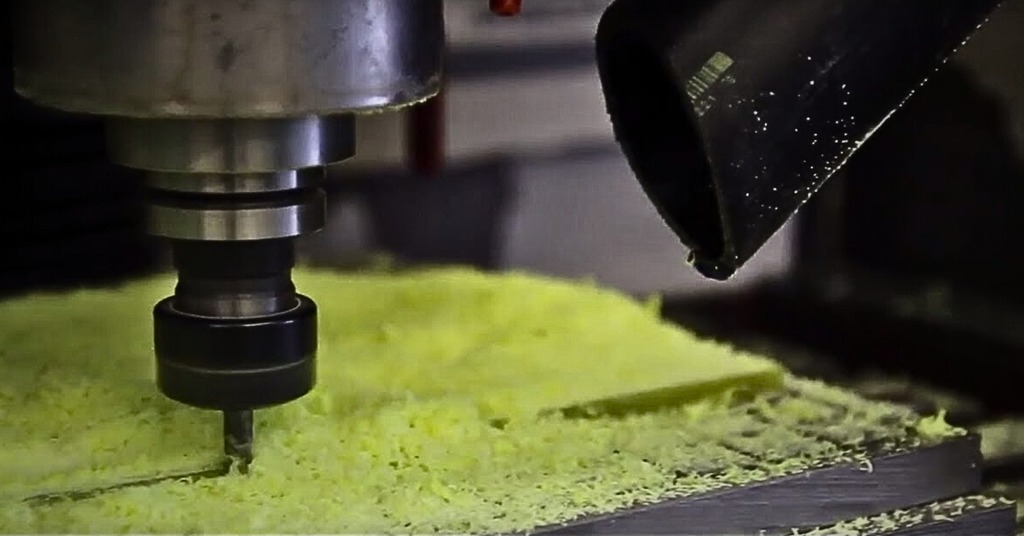
CNC machining of g10fr4
One optimal way to machine G10 FR4 is plastic CNC machining. Also, it enables g10fr4 sheets for milling, drilling, and turning by only changing the tool’s geometry. The most commonly used tools are carbide, twist drill, and diamond tipped.
Primarily, CNC machines are ideal for maintaining the perfect tolerance and integrity of epoxy sheets. An optimal tolerance of ± 0.005 can be possibly achieved through CNC machining. Moreover, it helps precisely produce complex design prototypes of g10fr4 fiberglass.
Circular Saw
These are the tools used to create linear lines in g10fr4 fiberglass sheets. In operation, these tools use saw-like sharp blades to cut epoxy laminated sheets. They are generally used for lumbering in sheets. One downside is that they produce excessive amounts of dust. So, it’s recommended to perform cutting in a ventilated space. Or you can install custom dust filters to mitigate these issues.
Shearing
These machines use sharp blades to remove excessive layers from fiber sheets by shearing force. It is commonly used for producing thicker cuts in sheets.
Band Saw
Then comes the band saw. In the process, a toothed metal blade is used to produce slots and contours in fiberglass sheets. Carbide or diamond-tipped blades are recommended to use. Likewise, the circular saw and band saw process also produces massive amounts of dust. To avoid this issue, it is recommended that you install a good exhaust system in your workspace.
Benefits of G10/FR4 Fiberglass
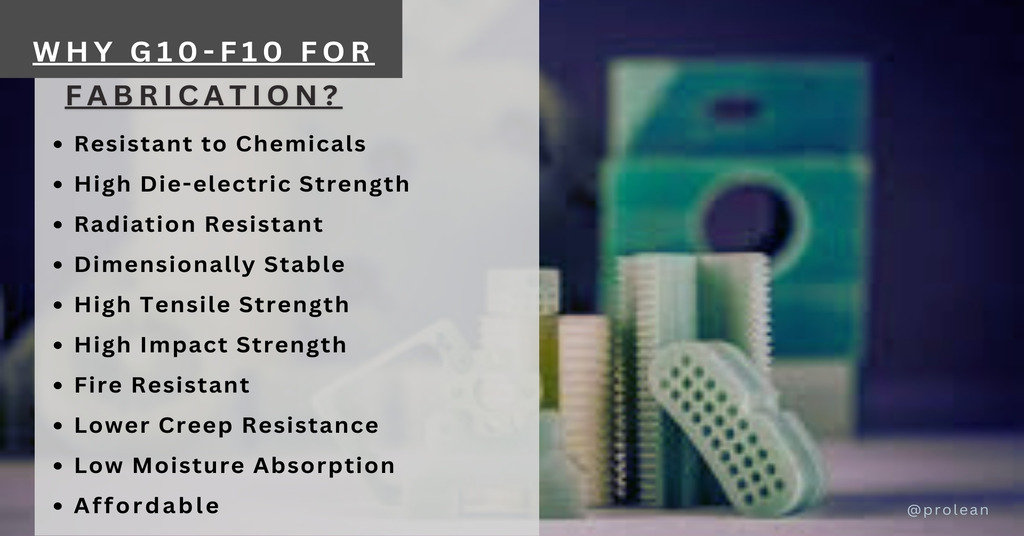
g10fr4 for machining
G10F14 fiberglass is a versatile manufacturing material that produces a wide range of products for industrial use; Here are some of their merits;
- G10 is an electronic-grade epoxy resin that has a great ability to cure under high temperatures ranging between 0 –180 ℃.
- A single g10 fiberglass sheet is 30% lighter and has a higher strength-to-weight ratio than aluminum and steel alloys.
- The material features exceptional conductivity, and excellent resistance to moisture, flame, and thermal shocks.
- G10 fiberglass usually poses less shrinkage problems.
- Design manufacturers can benefit from the variant colors and textures of g10 fiberglass sheets.
- These materials, when machined, offer high repeatability, reliability, and smooth surface finishes.
- G10FR4, rendering a material that can be easily machined through various techniques such as; CNC milling, drilling, turning, and knurling.
Drawbacks of G10 FR4
Alongside, they have certain demerits:
- G10 fiber sheets can cause delamination during the machining process under high thermal conditions.
- Machining g10 fiberglass sheets often causes frequent tool wear due to their abrasive nature.
- These materials produce massive dust during the machining process.
- Post-processing requirements such as; anodizing, and coatings impart additional cost to the process.
- The high fiber content in their structure leads to breakdown by prolonged exposure to ultraviolet radiation.
Get Expert Opinion On Machining Composites From Prolean
At prolean, we provide FR4 G10 machining service include g10fr4 laminate customization services from a broad spectrum. Whether you need to cut to size or shape your CAD design into a functional prototype, we can provide comprehensive support in this way. Moreover, our engineers will help you identify early issues in your design to ensure precision and accurate results.
Further, our material machining services are not limited to g10fr4 CNC machining. We have flexibility in options to choose from a wide range, such as composites, ceramics, and plastics intended for your project requirements.
So, contact us now to bring preeminence to your project and get an instant free quote today!
Read More:
Try Prolean Now!
Summing Up
In modern-day plastic fabrication, g10fr4 materials have become acceptable and adaptable for various applications. Designers get several benefits in terms of durability, versatility, and ease of manufacturability. The best part is that both materials are in compliance with stringent regulatory standards such as FDA, and NEMA to make them useful for medical, and electrical applications.
Moreover, from marine, and aircraft, to electronic industries, their contribution is indispensable. Further, g10fr4 are confined materials, specifically for high-temperature applications. However, they ease fabrication, but there are a few considerations to keep in mind before machining. For instance, the right selection of tools, and specialty in equipment. The best approach is to seek help from experts for better end products intended for your requirements..
FAQs
Q1. What are the different names of epoxy g10 fiberglass?
It has several other names in the market. Some of the common names are given by: G10 fiberglass, @Micarta, Bakelite, G10 glass fabric, FR4 glass fabric, and G10/FR4 epoxy resin.
Q2. Enlist some components made through machining G10FR4.
These materials find extensive use in the electronics and semiconductor industries. Some commonest components include;
- PCBs
- Fixtures
- Insulators
- Sleeves
- Lapping carriers
Q2. Are g10 fr4 economical for large batch machining?
Machining g10fr4 is relatively inexpensive when it comes to large-scale batches. These materials are extremely affordable than other thermoplastics, such as ABS, PEEK, Acrylic, Nylon, and PEI.
Q3. Is g10fr4 an engineered-grade thermoplastic?
G10 fiberglass is a composite thermoset material rather than plastic. So, it’s not an engineered grade plastic instead an epoxy resin with high mechanical strength and electrical insulation.
Q4. Is G10 fiberglass well suited for high-temperature environments?
These materials can be prone to shrinkage or might be affected at extreme temperatures above 140℃. But, there are other grades too to consider for high-temperature applications, these are G11 and G7.
Q5. What are the safety precautions while g10 fr4 machining?
There are certain safety protocols to be considered while working with G10/FR4 material. Firstly, it is recommended to wear PPE (personal protective equipment) such as goggles, hand gloves, and face sheets to protect yourself from injuries.
Q6. Where to find a reliable g10 fiberglass manufacturer?
China is at the forefront of the world in manufacturing of composites, plastics, and metals for its cost effective manufacturing solutions and large scale production capabilities.
Resource
Athanasios Iliopoulosa, John Steubenb John Michopoulosb, (2015), Determination of Anisotropic Mechanical Properties of G-10 Composite via Direct Strain Imaging: Retrieved From: Science Direct.


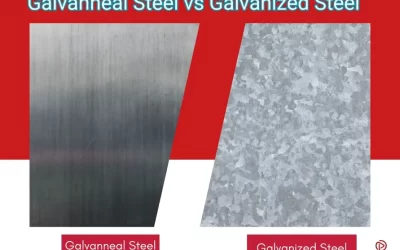
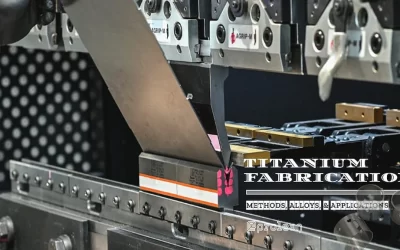
0 Comments